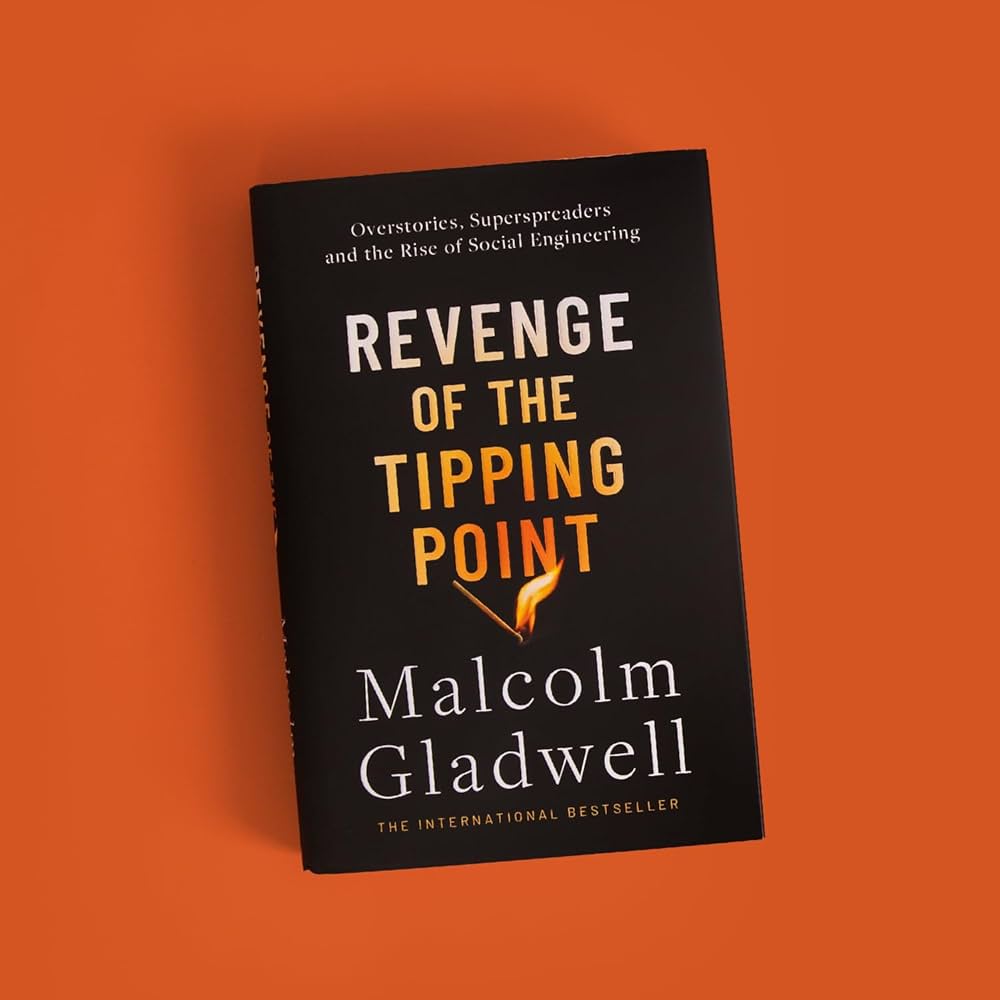Chapter 8: Doing Time on Maple Drive “I drove the car off the road on purpose.”
byChapter 8 explores the transformative changes in societal views regarding LGBTQ+ rights, with a particular focus on the U.S. battle for marriage equality. The chapter begins with political scholar Timur Kuran’s insights on how unexpected revolutions can surprise even the most informed individuals. He references the fall of communism in Eastern Europe, where not even dissidents and academics could predict the exact moment of change, illustrating how large-scale shifts often happen suddenly and catch society off guard. Kuran’s observations underline the unpredictability of such monumental transformations, where the path to change can seem uncertain until it takes place, leaving many stunned in its aftermath.
The narrative then turns to Evan Wolfson, an influential figure in the fight for marriage equality. Inspired by historian John Boswell’s writings on the historical treatment of homosexuality, Wolfson advocated for marriage as the central issue in the struggle for gay rights. He argued that claiming the institution of marriage would serve as a powerful symbol of equality and challenge the societal perceptions of gay people. However, during the early stages of activism in the 1980s, the issue of marriage equality was met with substantial resistance and indifference. Mainstream media often depicted gay relationships negatively, focusing on themes of isolation and struggle rather than portraying these individuals as whole, complex people. This negative representation hindered the advancement of the movement by reinforcing harmful stereotypes and limiting the public’s ability to empathize with the LGBTQ+ community.
The chapter also reflects on the portrayal of LGBTQ+ individuals in media, particularly through the 1992 made-for-TV movie Doing Time on Maple Drive. The film’s tragic portrayal of Matt, a young man struggling with his sexuality, ultimately highlights the emotional toll of societal rejection and the difficulty of confronting one’s identity. In this film, the narrative largely centers around Matt’s attempt to take his own life rather than accept his truth, reflecting the pervasive negativity surrounding gay characters in media at the time. This portrayal, like many others in that era, followed a pattern that reduced gay characters to mere problems needing resolution, rather than representing them as multidimensional individuals. This limited the visibility of positive gay role models in mainstream media and reinforced harmful stereotypes, which in turn, slowed the progress of the LGBTQ+ movement by hindering broader social acceptance.
Despite these challenges, the chapter shows how cultural shifts began to take place, driven in part by the positive portrayal of gay individuals in popular media. One key moment in this shift was the success of the sitcom Will & Grace, which depicted gay characters in a more positive light. By presenting these characters as relatable, funny, and lovable, Will & Grace played a critical role in altering public perceptions of LGBTQ+ individuals. This shift in cultural portrayals helped normalize the idea of gay relationships and laid the groundwork for broader societal acceptance. The chapter concludes with the understanding that changing cultural narratives, alongside persistent activism, was key to the success of LGBTQ+ marriage equality in the U.S. It demonstrates how media representations can challenge long-held beliefs and alter the trajectory of social movements, proving that when LGBTQ+ individuals are depicted as fully realized, humanized characters, it can shift societal views and create lasting change.
The success of the LGBTQ+ marriage equality movement, as illustrated in this chapter, was not solely the result of legal battles or political campaigns but was also driven by cultural shifts. Popular culture played an undeniable role in reshaping how the public viewed LGBTQ+ individuals and their relationships. By highlighting key moments in media history and activism, the chapter underscores the power of storytelling in influencing societal values. As the narrative of LGBTQ+ individuals became more positive and normalized in the media, public support for marriage equality grew, leading to the eventual legalization of same-sex marriage in the United States. This progression reflects the profound influence that media portrayals and cultural narratives have on social movements, showing how entertainment and activism can intersect to create meaningful change in society.


